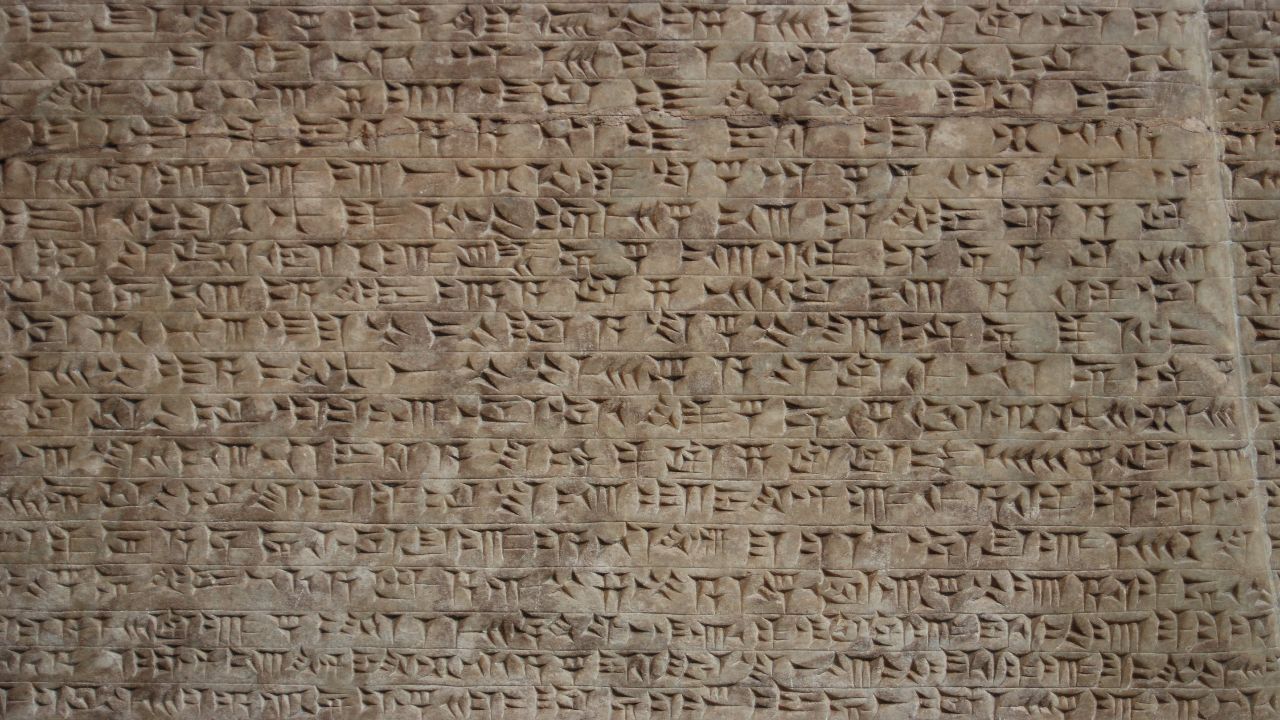The alphabet, a fundamental aspect of human communication, has a rich and fascinating history that spans millennia and diverse civilizations. It represents a remarkable journey from primitive pictograms to the digital fonts that grace our screens today. In exploring the history and evolution of the alphabet, we’ll uncover the origins of this extraordinary system and trace its transformative path through time.
Pictographic Beginnings

The story of the alphabet begins with the earliest forms of written communication in human history. These early systems relied on pictograms—images or symbols directly representing objects or concepts. Ancient civilizations such as the Sumerians, Egyptians, and Chinese all developed their own pictographic scripts, laying the foundation for written language.
For instance, do you know the meaning of letter A and its origins?
Letter A, the first symbol in the English alphabet, holds a special place in the history of the alphabet’s evolution. Its origins can be traced back to the Phoenician letter “aleph,” which represented the glottal stop—a consonant sound made by briefly closing the vocal cords. In the Phoenician script, “aleph” was represented by an ox head, symbolizing strength.
The Birth of the Phoenician Alphabet
The pivotal moment in the evolution of the alphabet occurred with the emergence of the Phoenician civilization in the eastern Mediterranean around 1200 BCE. The Phoenicians, known for their seafaring prowess and trade networks, needed a more efficient way to record transactions and keep records. They developed a 22-letter script known as the Phoenician alphabet—a landmark innovation that would influence the future of written language.
Unlike pictographic scripts, the Phoenician alphabet represented individual sounds. Each letter was a symbol that corresponded to a specific phoneme, a distinct unit of sound in language. This shift from representing whole words or concepts to individual sounds marked a significant leap in writing technology.
Greek Transcendence and the Birth of Alpha
The Greeks, ever the admirers of innovation, encountered the Phoenician alphabet and saw its potential for refinement. They adapted and expanded the script, adding vowels and consonants to suit their language. It was during this transformation that the letter “alpha” was born—a direct descendant of the Phoenician “aleph.”
The significance of “alpha” extended beyond its phonetic value. It symbolized the concept of “first” or “beginning,” reflecting its position at the start of the alphabet—a tradition that continues in our modern alphabets.
The Roman Inheritance and the Spread of Latin Script
The Roman Empire, known for its far-reaching influence, adopted the Greek alphabet and made further modifications to suit the Latin language. The Latin script became the foundation for numerous modern alphabets, including those of English, French, Spanish, and many others. The alphabet had transcended its origins, becoming a global tool for written communication.
From Manuscripts to Typography
Throughout the medieval and Renaissance periods, the alphabet continued to evolve. Scribes painstakingly copied texts by hand, preserving knowledge for future generations. The advent of the printing press in the 15th century revolutionized the spread of information. Moveable type and typography allowed for the mass production of books, making knowledge more accessible than ever before.
The Digital Revolution and Beyond
The 20th century ushered in the digital age, bringing with it a new chapter in the history of the alphabet. Computers, smartphones, and the internet have transformed the way we read and write. Fonts and typefaces are now rendered in pixels rather than ink, and the alphabet’s evolution has taken a digital turn.
Conclusion
The history and evolution of the alphabet are a testament to human ingenuity and adaptability. From the humble beginnings of pictograms to the digital fonts that shape our digital world, the alphabet has endured as a powerful tool for communication and expression. Its timeless legacy continues to evolve, reflecting the ever-changing needs and technologies of humanity. Whether etched in stone or displayed on a screen, the alphabet remains a symbol of our shared human story, bridging cultures and centuries with the power of the written word.